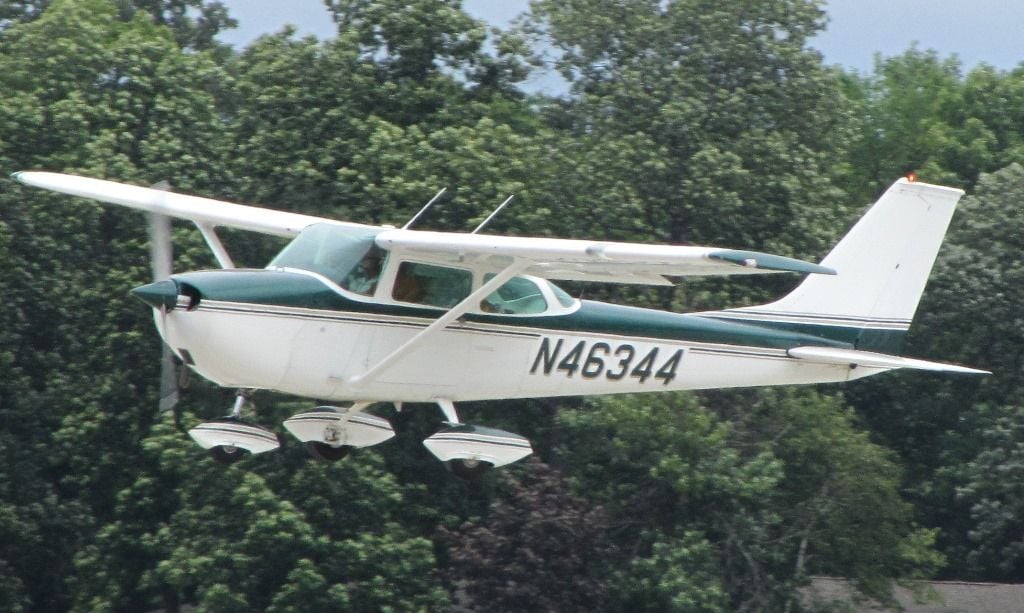If something you're doing in the plane is different than what the POH says, it's not approved
Good advice from
DAR. Cessna 172H POH - Slips are prohibited in full flap approaches because of a downward pitch encountered under certain combinations of airspeed and sideslip angle. (Presumably 30° is OK as full flap is 40°)
172S on the other hand says - Steep slips should be avoided with flap settings greater than 20° due to a slight tendency for the elevator to oscillate under certain combinations of airspeed, sideslip angle, and center of gravity loadings.
Why? Quote from a
DAR post elsewhere, source "Cessna, Wings for the World" by Cessna test pilot William Thompson.
With the advent of large slotted flaps in the C-170, C-180, and C-172 we encountered a nose down pitch in forward slips with the wing flaps deflected. In some cases it was severe enough to lift the pilot against his seatbelt if he was slow in checking the motion. For this reason a caution note was added in most of the owner's manuals under "landings" reading "slips should be avoided with flap settings greater than 30(degrees) due to a downward pitch encountered under certain combinations of airspeed, sideslip angle, and center of gravity loadings"......Although not stated in the owner's manuals, we privately encouraged flight instructors to explore these effects at high altitude, and to pass the information to their students.......When the larger dorsal fin was adopted on the 1972 C-172L, this sideslip pitch phenomenon was eliminated, but the cautionary placard was retained.
So if you fly an A to K model 172 you could be in for a surprise.
Difference in dorsal fin.
172K

172L
